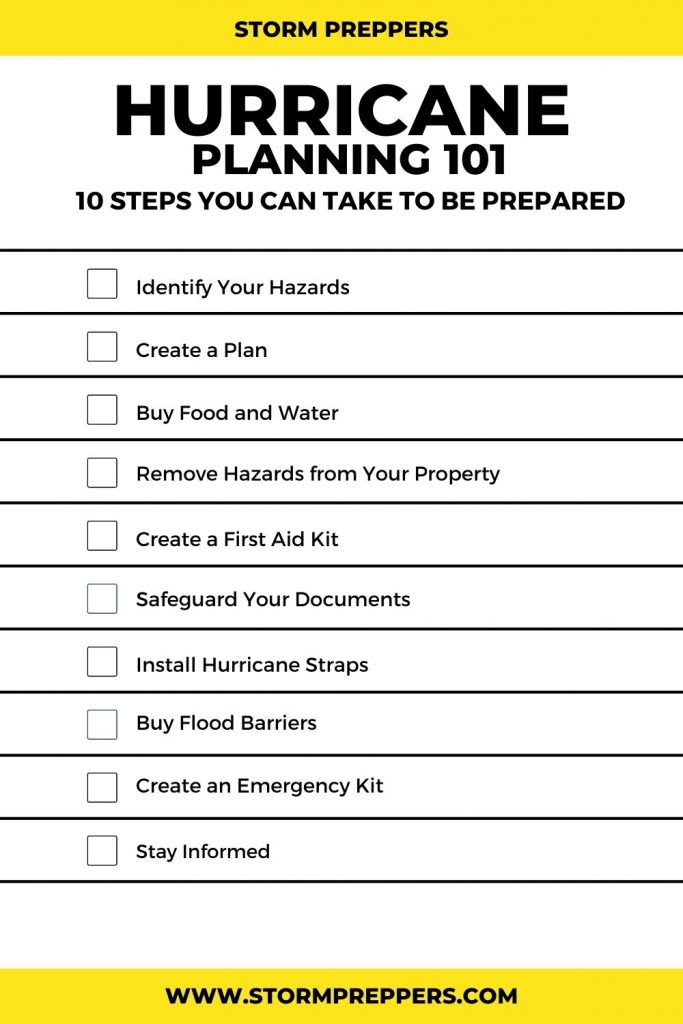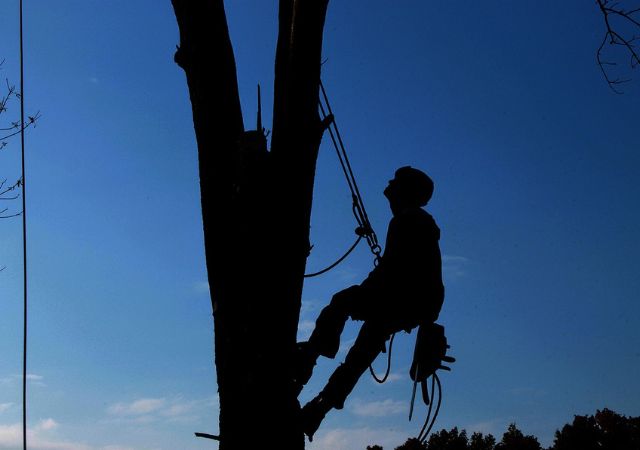The Atlantic hurricane season is fast approaching, but you still have time to prepare yourself. Hurricane planning is an important activity for people who live in the tropics and areas that are at risk for tropical weather. It is a process that involves getting ready for tropical storms and hurricanes and the risks that could occur. Although much emphasis is placed on what happens before the tropical storm, it is imperative to consider what happens during the storm and after the storm.
Survivor stories that emerged after the small, yet compact Hurricane Elsa hit Barbados in 2021, revealed that many people were not prepared. It appears the tropical storm preparedness warnings were not adhered to. And, as a result, homes were extensively damaged, and roofs were lost; properties were flooded and suffered critical water damage; trees were uprooted, and branches strewn for miles; and extended blackouts wreaked havoc on homes and businesses.
It does not take a lot to prepare for a tropical storm. The best approach is to start early and not wait until June 1st. If you are ready to prepare, here are 10 steps that you can take right now.
1. Identify Your Hazards
Before you can do anything, you have to be clear about the risks and hazards that you may face in your area. Are you near the coastline? Does your area flood? Are you on a hill that gets high wind? Are you surrounded by lots of trees?
2. Create a Plan
An important step of hurricane planning is to create a plan. In your plan, identify escape routes, ways to communicate, meeting places in the event of an emergency, and how to deal with pets in an emergency.
3. Buy Food and Water
There are thousands of stories of storm survivors appealing for food after a storm. This is because in the aftermath, there are usually food and water shortages. If you can, stock up on enough non-perishable food and water to last for 2 weeks.
4. Remove Hazards from Your Property
To prepare your property, you have to remove all items that could possibly become hazards. This means trimming trees and shrubs; removing debris such as garbage, clearing drains and gutters; and securing loose items such as sheds and outdoor furniture.
5. Create a First Aid Kit
A fully stocked first aid will allow you to handle any minor injuries or health emergencies that may occur during and after a storm. You can buy a first aid or build your own. Remember to check the kit often for expired items.
6. Safeguard Your Documents
Ensure that your important documents are stored in a waterproof container. Important documents may include legal documents, financial records, medical records and contact information for family members.
7. Install Hurricane Straps
Hurricane straps are metal connectors that strengthen your home against tropical storms. You can install hurricane straps on roofs, walls, sheds, and even mobile homes. All new buildings should have hurricane straps and it is possible to add them to older homes.
8. Buy Flood Barriers
Another hurricane planning tip which often goes overlooked, is prepping the home against flood. Even if your home has not flooded in 10 years, you should still prepare for an unexpected flood by purchasing flood barriers or sandbags.
9. Create an Emergency Kit
In addition to a basic first aid kit, you should create an emergency kit. A good rule of thumb is to add items that are not in your first aid kit to your emergency kit. This may include blankets, batteries, a transistor radio, and toiletries.
10. Stay Informed
One of the most important tips for hurricane planning is to stay informed. This means that you should follow the disaster agencies on social media and on the internet and sign up for alert systems. Being informed can allow you to act quickly and move accordingly.




